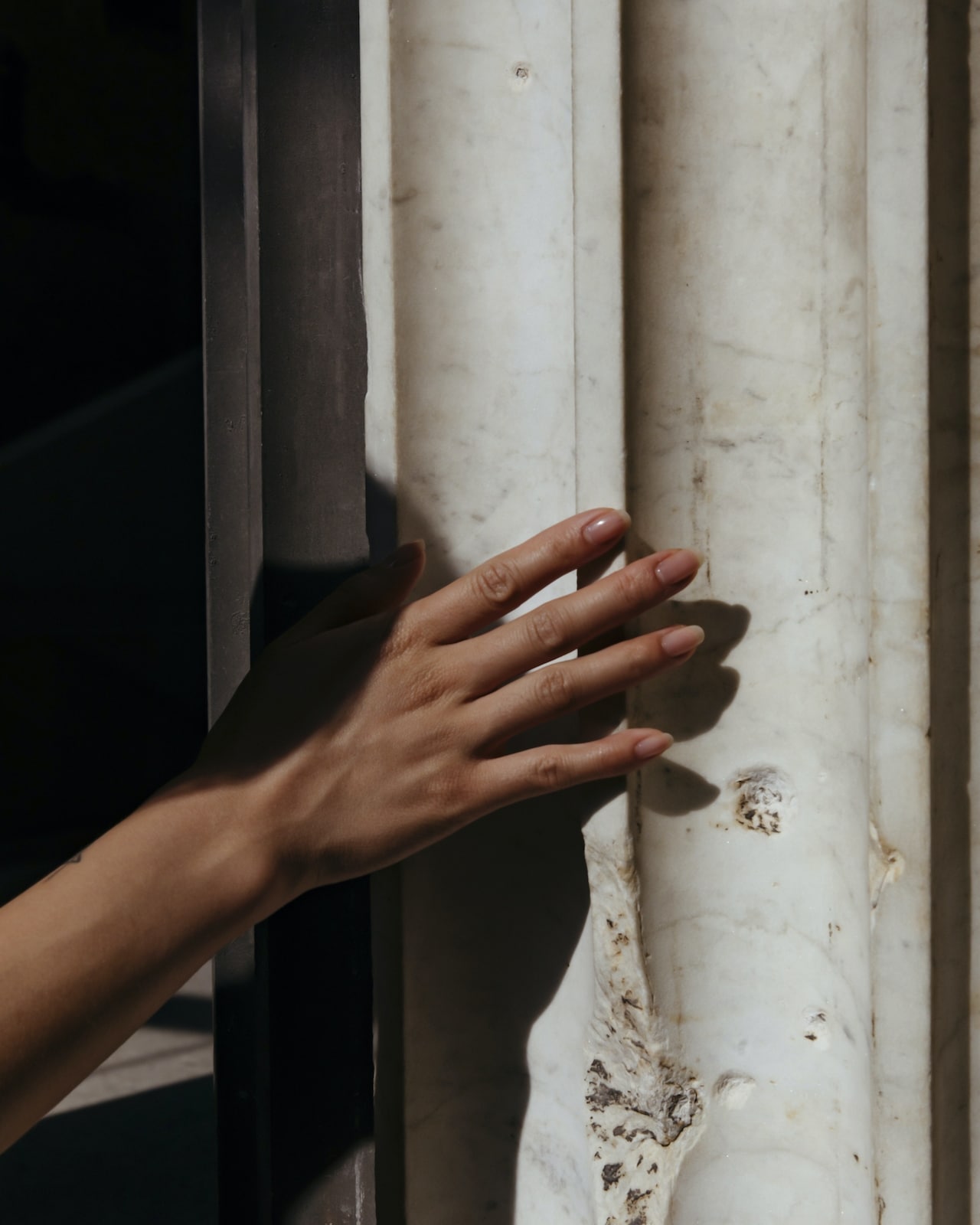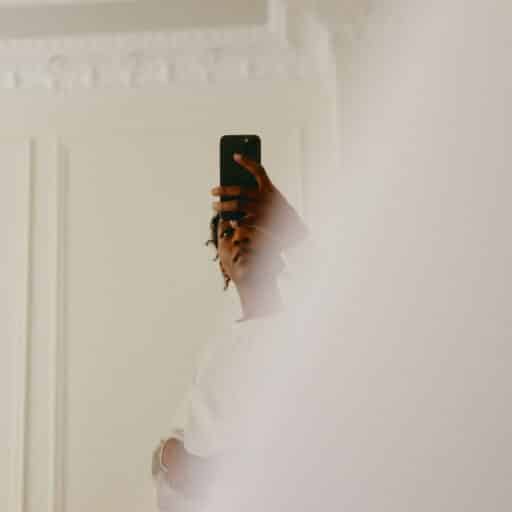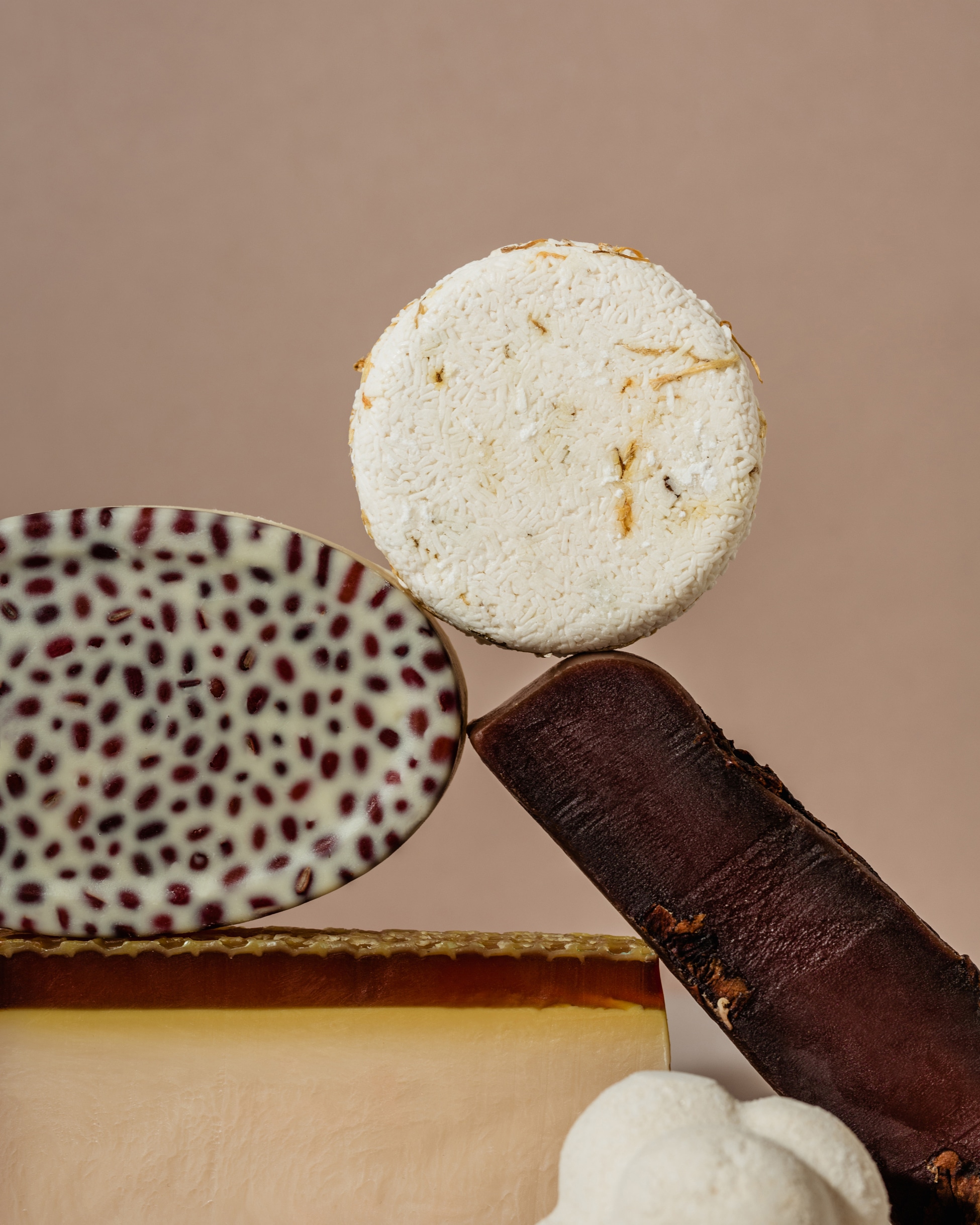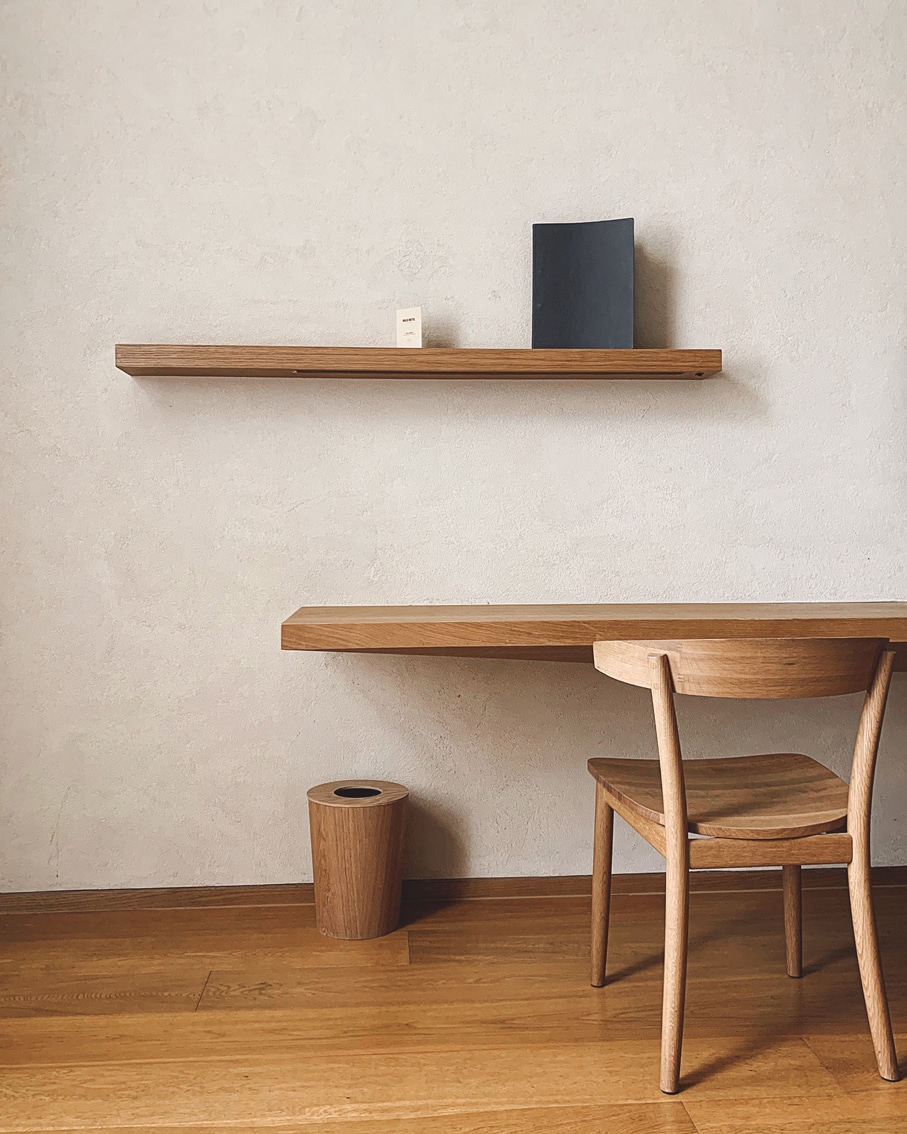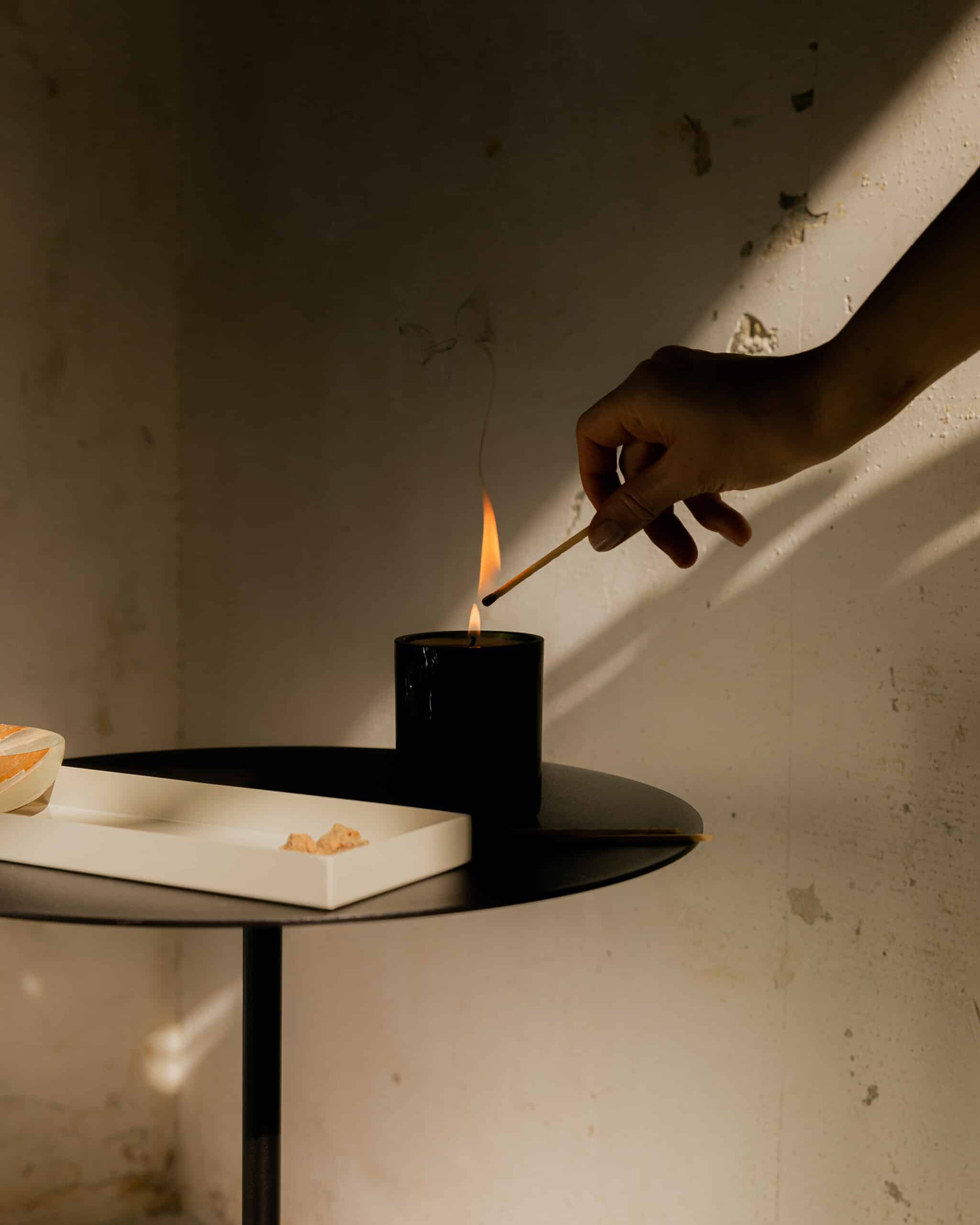1. Story
To feel permanent, a brand needs to be rooted in something. That something often comes down to a story. When there is meaning behind a project, it takes on a life beyond the materials and the makers. It stands for a purpose greater than simply existing. A brand with a story forms a lasting emotional resonance with its audience, which is ultimately what timelessness comes down to:
An emotional connection.
We are scientifically more likely to remember an event that triggers an emotional response. If we asked you to remember what you were doing 10 years ago on July 16th, you would likely have zero recollection. However, if we asked you to recall a vacation that made you feel alive, you would suddenly remember that 10 years ago, you spent the summer in Spain for a much-needed family vacation. The feelings would come flooding back moment by moment, transporting you to that place in time.
When we trigger a memory based on facts alone, our mind struggles to call it to the forefront. But when we trigger a memory based on feelings and sensations, it becomes easier to form a meaningful association. This is what we want to keep in mind when designing a brand. When we prescribe it a story and a feeling, we can harness the power of human memory to our advantage.
2. Simplicity
Some of the highest-performing brands are, from a design perspective, not the most unique. Think Netflix, Google, Zoom, or Instagram—their logos are not particularly awe-inspiring or artistic. Instead, they err strongly on the side of convention and practicality.
Which is why they’re so effective.
Simple, sleek, and pared-down design increases brand recognition and sets the tone for memorability. It takes less energy for the eye to process and less energy to recall. If we ask you to imagine Apple’s logo, you can do so easily because it’s such a minimalist design.
This doesn’t mean you can’t create a beautifully layered logo. There are countless examples of ornamental, artful designs that perform well. You just need to know how to balance those elements in a way that excites your audience without overwhelming them. It’s a delicate harmony that requires an expert touch to achieve.
3. Strategy
When designing for longevity, we always take a “form follows function” approach that begins with strategy. Through a comprehensive process of investigation, we identify the primary objectives, guiding values, and intended audience for the brand. From there, we shape every decision with function (strategy) as our framework.
The result is a visual identity stripped of extraneous noise and filled with meaning. It’s how we achieve that necessary, aforementioned balance between story and simplicity. With strategy, a brand finds its purpose and solidifies its legacy.
This is why we devote a large portion of our energy to strategy. Over 4+ hours of dialogue and three weeks of development, we concretize the internal details to ensure we’re building from the proper foundation. This commitment to intention reduces the need to reimagine your branding every other year. If thoughtfully crafted, your brand should last a decade, if not more. The ability to withstand the transition of time is a mark of high-quality design.
4. Stylistic Synchronization
Timelessness isn’t defined by a single style. While minimalism is applauded for its ability to withstand change, it isn’t the authority on the subject. Borrowing from highlights of the old and glimpses of the future blurs the line of time, making it feel cross-generationally accessible.
Studying themes that have survived over the years is a great way to anticipate how your brand will play out. In the same way that interior designers continue drawing inspiration from mid-century design or ancient architecture, some brand motifs will never grow old. They keep resurging and recycling themselves in fresh ways each year. Instead of reinventing the wheel, we find it more helpful to invent with the wheel. We employ typography inspired by old newspaper clippings or color stories reminiscent of the 70s. By using what’s already proven to be timeless, we add a future-proof touch to present brands.
In conclusion, timelessness can’t be defined by aesthetics alone. It’s about the choice and intentions behind the visuals. With story, simplicity, strategy, and style, we equip ourselves to make meaningful decisions that positively impact the future of our brands. To begin crafting your legacy, we encourage you to inquire now about our Brand Strategy offer. We would love to bring these elements to life through your brand identity.
